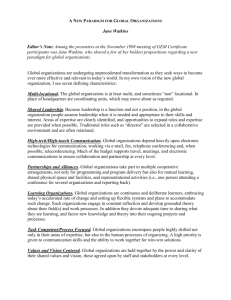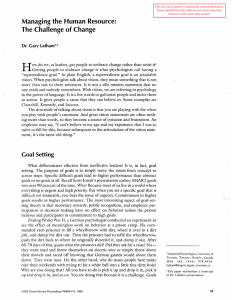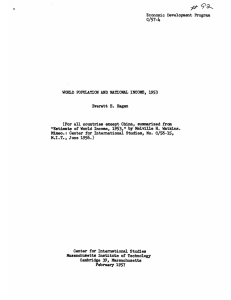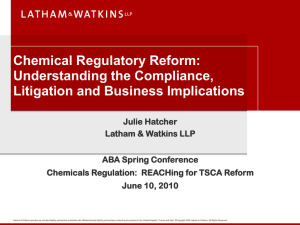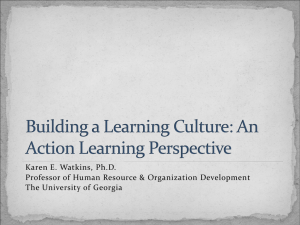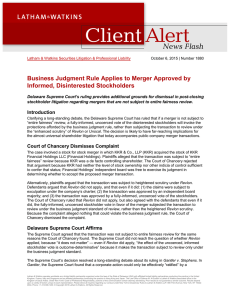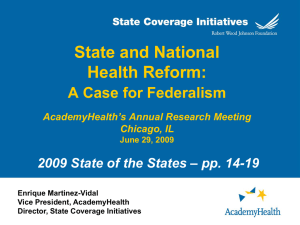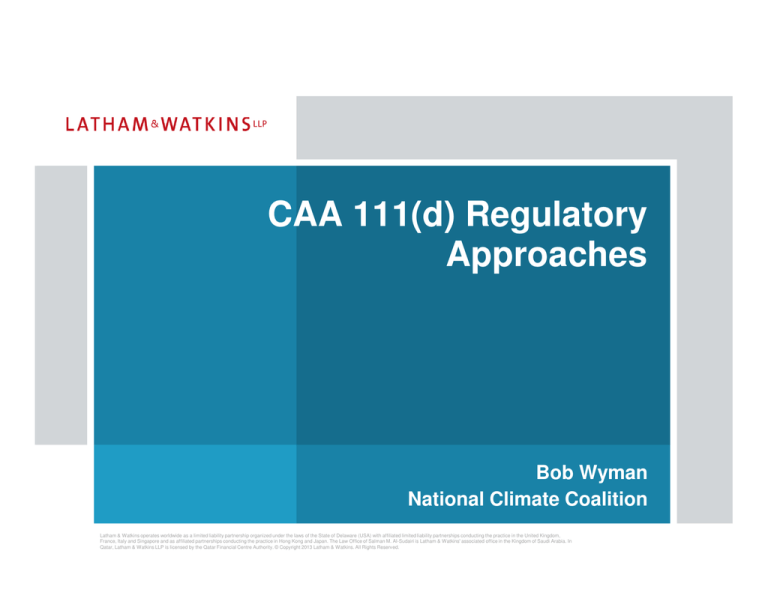
CAA 111(d) Regulatory
Approaches
Bob Wyman
National Climate Coalition
Latham & Watkins operates worldwide as a limited liability partnership organized under the laws of the State of Delaware (USA) with affiliated limited liability partnerships conducting the practice in the United Kingdom,
France, Italy and Singapore and as affiliated partnerships conducting the practice in Hong Kong and Japan. The Law Office of Salman M. Al-Sudairi is Latham & Watkins' associated office in the Kingdom of Saudi Arabia. In
Qatar, Latham & Watkins LLP is licensed by the Qatar Financial Centre Authority. © Copyright 2013 Latham & Watkins. All Rights Reserved.
Challenges
•
Legal Risks
•
•
•
•
111(d) versus 112 (or NAAQS)
source versus system
creditability issues (state plan, regulated source)
Policy Challenges
•
federal-state relationship
•
•
•
•
•
economic risks and opportunities
•
•
•
state/regional energy system authority
early action credit and recognition of state initiatives
state planning concerns (timing and resources)
electric system reliability
regulated source compliance and economic risk
ratepayer risk
environmental risk and opportunities
Challenges and Recommendations
•
Legal Risks
•
•
•
•
111(d) versus 112 (or NAAQS)
source versus system
creditability issues (state plan,
regulated source)
Policy Challenges
•
federal-state relationship
•
•
•
•
•
economic risks and opportunities
•
•
•
state/regional energy system
authority
early action credit and
recognition of state initiatives
state planning issues (timing and
resources)
electric system reliability
regulated source compliance and
economic risk
ratepayer risk
environmental risk and
opportunities
Set “source-based” GHG carbon intensity
standards for fuel and technology subcategories
•
•
within the fence
without redefining the source
Establish state and source credit protocols for:
•
•
•
•
•
•
unit retirements
fuel switching and co-firing
renewable generation investment
end-use energy efficiency
transmission enhancements
energy storage
Incorporate EPA SIP road map & credit criteria.
Implement a staged planning process:
• presumptive equivalency for significant state
early action (ends/means-based)
• menu approach for states to select one or
more building blocks, including:
• model ABT rule for EGUs
• credit protocols
• safety valve – ACP (ceiling price
compliance payment alternative to fund
state energy initiatives)
• periodic true-up and plan updates
Periodic evaluations and updates
• BSER
• Credit supply and impact on EGU compliance
market; update credit protocols appropriately
• ACP/energy fund/reserve

